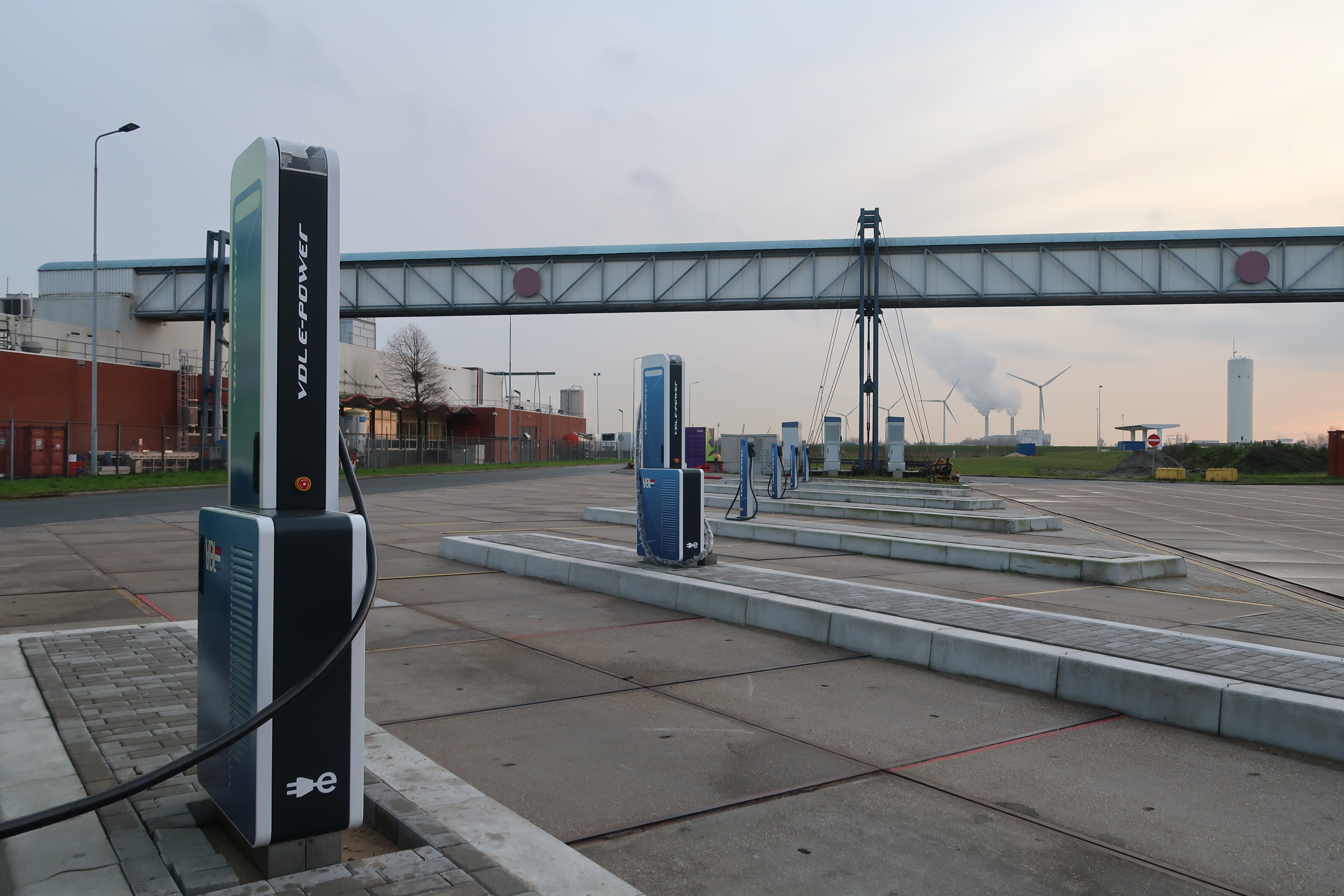Switching to electric: the business case for fleets
Global rent-a-car company Hertz recently announced a mammoth 100,000 vehicle order from Tesla that has fired a warning shot and put pressure on rental fleet owners to speed up their switch to fully-electric vehicles. According to CNBC:
“The deal between Hertz and Tesla for 100,000 vehicles is a signal to the major car rental companies that a strategy for EVs is going to be needed, and maybe sooner than they had planned on it.”
So, why now? There are a few factors at play here. Many fleet owners have sustainability targets in their business models and with consumer and governmental pressure expected to increase in the coming months and years - it makes business sense to switch.
Customer demand for EV’s is picking up and regulation isn’t far behind, hot on the heels of fleet owners.
Take the US for example, we’ve seen more than 168,000 zero emission vehicles (battery, plug-in hybrid, and fuel cell electric vehicles) sold in the second quarter of 2021, a 33% increase compared to the same period in 2020. It seems we are at a tipping point of consumer demand, local and national regulation and technological advancements in charging and batteries that mean the fleet industry can begin to move at a pace.
Infrastructure developments

According to Bloomberg’s BNEF study:
“... by 2040 the charging network needs to grow to over 309 million chargers across all locations. There are 24 million public chargers, 12 million workplace chargers and 4 million bus and truck chargers required.”
For fleet owners, the global increase in available charging infrastructure is key if businesses want to serve their clients effectively. And ‘available’ is the key word here. It doesn’t matter how many charge points your clients are able to plug in to, if the charging session doesn’t start to begin with. Clean technica have described ‘charger reliability’ as the next big challenge for the EV industry:
“At 99% uptime, a station would be down just four days in a calendar year, and those are the kind of metrics we should be striving for if we’re to ask the general population to transition to electric as quickly as possible.”
When it comes to EV infrastructure, it’s easy to see why Hertz chose Tesla over the traditional OEM’s who are in fact catching up. It’s the supercharger network, it’s consistent reliability and other perks, like allowing current owners to simply tap their Tesla card when renting through Hertz to automatically set their driver profiles up. Something that Elon Musk said the company was currently working on.
Intuitive User experience
Training, maintenance and customer support are important considerations for any business or fleet owner looking to make the switch to EV’s. Factors like 24-hour support, remote control of charge points, fast on-site resets or maintenance and automated monitoring all need to be considered and weighted depending on your business. This will differ if you manage corporate fleets, logistics, e-bus or e-truck operations for example.
Software also plays an important role. This can be in education and also activation. Fleets will keep operational if end users are able to use software and hardware in harmony. They want tech that works and when it doesn’t they can fix any issues as quickly and efficiently as possible.
Making the switch to electric

Reliability, suitable hardware, easy-to-use software, fast-track training and effective customer support (24 hours a day if you can) are crucial factors when it comes to transitioning your fleet to electric. But these factors in the long-term are what will keep clients coming back for more.
Fleets are already transitioning to electric at a pace. That pace is only going to accelerate and reliable fleet operators will be the ones to win in the long-term. Being first means nothing if reliability isn’t front and centre of your fleet's considerations.

